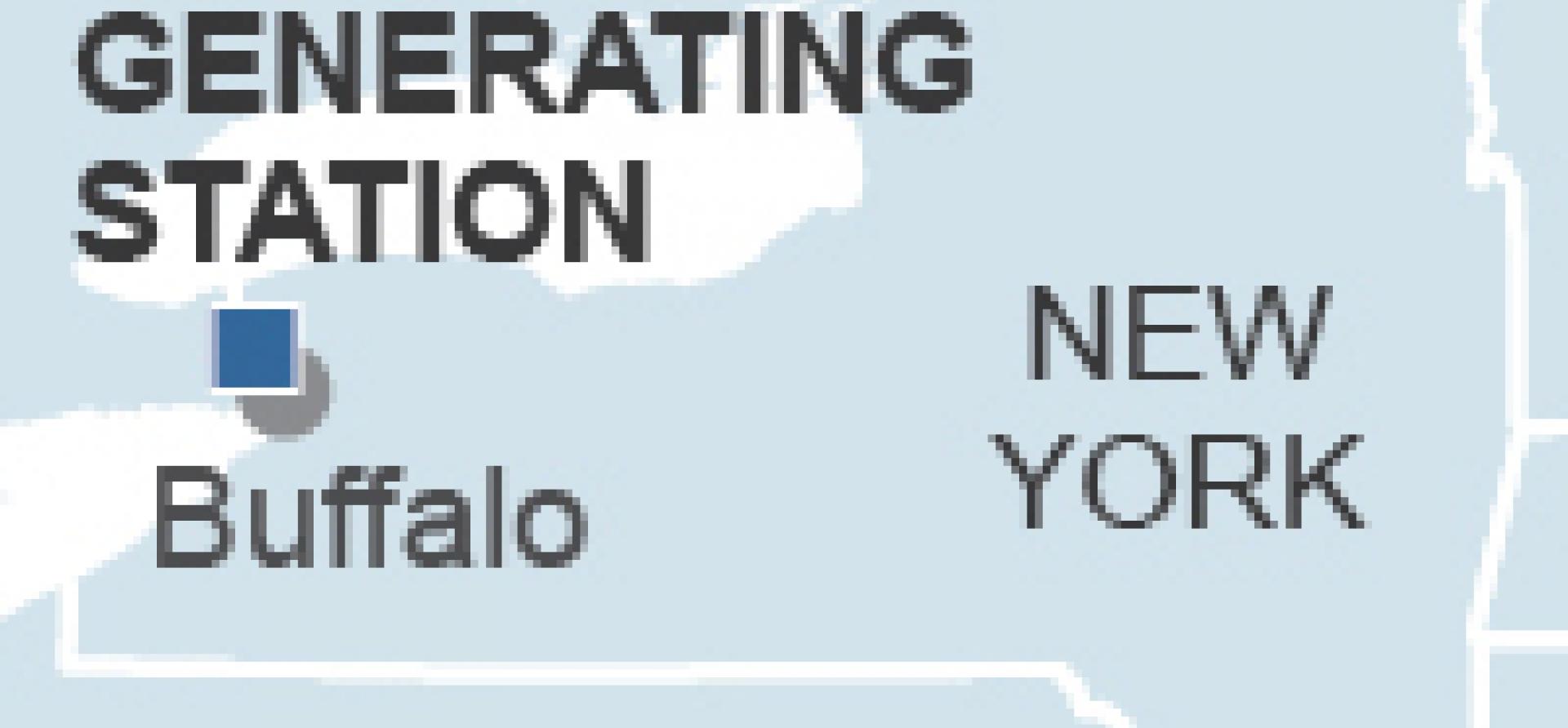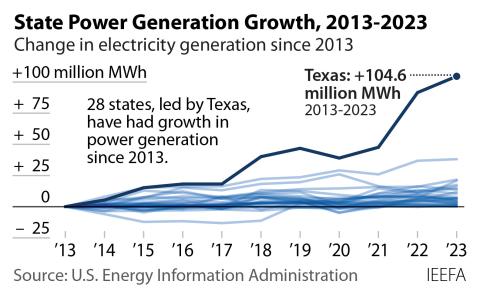Lessons for When the Power Plant in Your Town Closes

NRG Energy’s Huntley plant in Tonawanda, N.Y., closed three months ago because the NRG couldn’t make a profit off selling Huntley power into the market.
“We don’t foresee any scenario where the plant would be economically viable,” an NRG spokesman said when the plant’s closing was announced this past December. “This is a reflection of the economics of power generation.”
This news was nothing to celebrate. The plant employed 79 workers and paid 6.2 million in tax revenue annually to our municipalities and public service providers, including the Town of Tonawanda, Erie County and the Kenmore Tonawanda School District.
What we can celebrate, however, is the organizing by a broad coalition in Tonawanda that has brought and is on track to bring additional real resources, funding, and technical support to help the community in its post-Huntley development. Our work toward this goal began in 2013 when we decided that we would not let Tonawanda sink into the all too familiar cycle of fear and paralysis that many other plant closings in our region have created.
Three years after our efforts began, we can say we’ve learned the following important lessons:
First, when it becomes apparent that plant closure is a possibility, start planning for eventualities.
In 2014, our group, the Clean Air Coalition of Western New York, asked the Institute for Energy Economics and Financial Analysis (IEEFA) to study the plant’s financial performance and to examine whether there was any truth to the word that that Huntley was in trouble. IEEFA’s conclusion was that the plant was likely to close. Before the report was publicly released, I shared its findings with about 50 of our members who live in the Town of Tonawanda. The first question most people had was what would to happen to the people who work at Huntley. The second question was what would to happen to our tax and electricity rates. The third: Who was going to clean up the site?
Second, build a broad coalition whose members have common interests.
After the IEEFA report was released, we shared it with residents, workers, labor unions and town and county leadership. We were able to establish a strong working relationship with the Kenmore Teachers Association and the Western New York Area Labor Federation, AFL-CIO, whose members would be directly affected by the potential loss of tax revenues and jobs.We held four public assemblies where 150 people generated ideas and discussed who would need to be taken care of if the company were to close and how we could take care of them. We joined around the idea that if the plant were to close we knew we needed substantial resources to help those affected through a time of difficult transition.
Third, realize that progress must be directed by the people most affected.
Too often economic decisions in our region are made with no real input from this group. Residents in the town meetings here created the following guidelines for what an acceptable for economic transition would look like:
– Maintain fair funding for our schools
– Protect workers
– Create good-paying jobs with benefits
– Reconnect our town to our waterfront
– Build and sustain a new tax base
– Protect ratepayers
– Improve our environment and our public health.
This list is a collectively tall order, and we may not get everything on it, but it serves to spell out in explicit fashion our expectations for life after Huntley. Once we had a guiding framework in place, our coalition got to work organizing. We led a door-to-door canvass in neighborhoods closest to the plant to talk to residents about how the company’s retirement would affect them. We held monthly community workshops to let residents and teachers learn about issues like grid reliability and energy markets. We held community strategy sessions where residents identified how electricity regulators like the state Public Service Commission and the regional Independent System Operators work, and who holds decision-making spending power in state government. We held educational briefings with local elected officials and decision makers. We also registered a lot of people to vote.
Fourth, work with every level of government to find financial resources to weather the transition.
One of our biggest successes on this point was in gaining the inclusion of $30 million in the state’s budget this year to help support Tonawanda and communities like it across New York facing power plant closures. The budget bill was championed by Assemblyman Robin Shimminger, who represents our district, and the money will provide funding to support teachers’ jobs and to protect the quality of public education by replacing lost Huntley revenues. It is one of the first appropriations of its kind in the country.This financial support could not have been possible without the tireless efforts of our members, the Kenmore Teachers Association, the Western New York Area Labor Federation, AFL-CIO, and hundreds of community members who invested time and energy to make sure Tonawanda was not left behind. This fund does more than just reduce the impact of the closure for residents who live and work in Tonawanda. It provides hope for a viable economic transition.Together we also secured federal dollars to help the town plan for the future through the Partnerships for Opportunity and Workforce and Economic Revitalization (POWER)+ Plan, a federal program that coordinates efforts among multiple federal agencies to align federal economic and workforce-development programs.
Our economic planning work is kicking offing this summer, and will leverage the expertise of community residents and organized labor to work with the University of Buffalo Regional Institute and School of Architecture and Planning, the Town of Tonawanda Community Development Agency, and others. The people most affected by Huntley’s closure will shape a new vision for Tonawanda’s future.
We know this is just the beginning of our work to rebuild an economy that sustains and creates a tax base, provides good-paying safe jobs, and improves community health, and that is bold, visionary, and sets an example for other towns and cities facing a similar transition.
Rebecca Newberry is executive director of the Clean Air Coalition of Western New York.
RELATED POSTS:
A Choice in Upstate New York as NRG Closes Its Huntley Power Plant
What Happened When a Power Plant Closed in Upstate New York? Electricity Prices Stayed Low and Outside Coal-Fired Power Wasn’t Required
Coal-Plant Retirements in New England Have ‘Opened the Door’ for Alternatives










